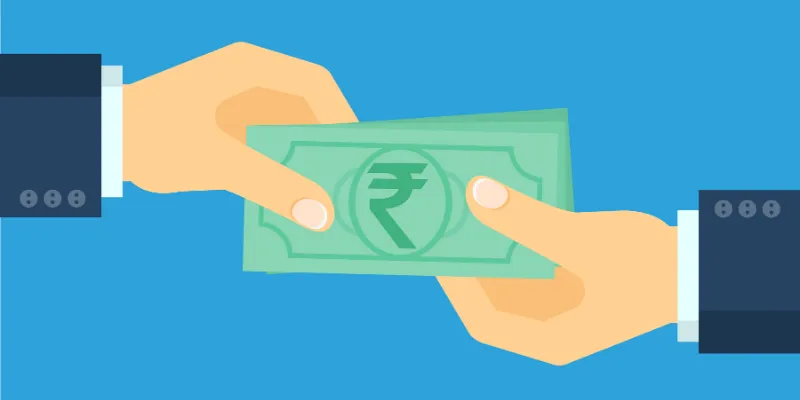The post COVID-19 world will open new opportunities for lenders
In the post COVID-19 world, the new-to-credit segment will be impossible to ignore for any lending institution.
The world is going through unprecedented times due to the COVID-19 pandemic. The lockdown across the country has brought our lives and businesses to a standstill. Many industries are facing challenges due to demand slowdown, supply chain disruption, and lack of manpower. The most affected social segment is the informal sector comprising small businesses, local shopkeepers, daily wage earners, and farmers.
The immediate priority of the government, businesses, and society is to fight the spread of COVID-19. It is also certain that like many obstacles in history, which challenged the existence of the human race, COVID-19 will also be behind us in a few months. However, it is hard to predict how the post COVID-19 world will look like. The global economy will take some time to recover. We will also have to keep a keen eye on consumer demand and employment.

The rising ‘new-to-credit’ segment
On the way back to recovery, businesses and individuals will need fresh liquidity in order to grow. Many of these businesses and individuals are new-to-credit. This segment does not have a past credit history. Thus, formal financial institutions have traditionally been very cautious while lending to them. However, post COVID-19, this segment will be much bigger in size for any lending institution to ignore. Thus, they will need to find alternate ways to evaluate credit worthiness of new-to-credit businesses and people.
Should a person with a low or no credit history be ignored? Certainly not. In order to successfully tap the new-to-credit segment, lenders need to believe that not every borrower without credit history is a risky prospect. By implementing technologies such as geo-tagging, video interviews and location mapping using latitude-longitude coordinates of residence, these borrowers can be e-verified, apart from in-person verification. This helps in establishing the right credentials and building trust between the lender and the applicants.
Once the credentials have been verified, lenders can engage with applicants through various psychometric tests to understand the intention to pay. This is a very important step on the mutual journey that the lender and applicant commit to take. In the next step, the amount can be electronically disbursed into borrowers’ accounts.
Priorities for lenders
To minimise the risk of default, lenders now have the power to convert the smartphone of the borrower into a virtual collateral. To do so, lenders can use technology to convert the smartphone of a borrower, with his due consent, into a virtual collateral. Using this technology, lenders will be able to reach out to the borrower in case of payment delays.
Lenders can gradually impair the users experience on the device and ultimately lock it in some extreme cases of 90 to 120 days default. Such a platform further offers predictive risk management to lenders, using which they can significantly reduce the business risk and cost of collections, as they cater to new-to-credit customers in the post COVID-19 world.
Enhancing financial literacy
Last but not the least, lenders will need to invest further in financial literacy of borrowers. They need to educate borrowers about the importance of a good credit score and how to maintain it. This will help the first-time borrowers turn loyal customers and strengthen the credit portfolio of lenders.
As we have seen, read, and heard, the world has overcome many such challenges in the past and evolved. It is a matter of innovation to match the new world order. For lending institutions, the innovation is about finding new lending opportunities and creating a new, low-risk portfolio. At the same time, this effort will infuse the much-needed liquidity into the market and will revive the economy.
Edited by Javed Gaihlot
(Disclaimer: The views and opinions expressed in this article are those of the author and do not necessarily reflect the views of YourStory.)







